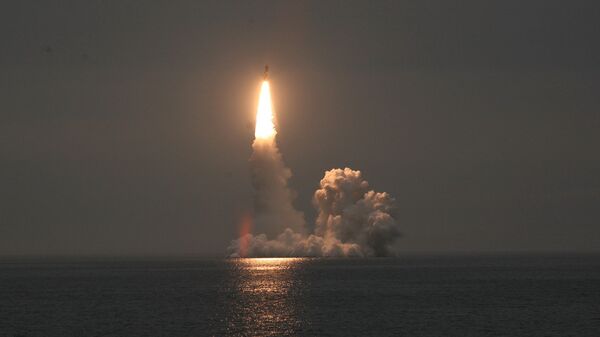The launches will be conducted in October or November from aboard the Alexander Nevsky Project 955 nuclear powered submarine.
Russian Defense Minister Anatoly Serdyukov said earlier in March that the Bulava will enter service in October.
Russian experts have questioned how wise it is to adopt the troubled Bulava missile for service, suggesting it would cause more security problems than it would solve.
President Dmitry Medvedev said in late December that the Bulava SLBM flight tests were completed and it will now be adopted for service with the Russian Navy.
Russia successfully test launched two Bulava missiles on December 23.
Only 11 of 18 or 19 test launches of the troubled Bulava have been officially declared successful.
However, some analysts suggest that in reality the number of failures is considerably higher. Russian military expert Pavel Felgenhauer said that of the Bulava's first 12 test launches, only one was entirely successful.
Despite several previous failures officially blamed on manufacturing faults, the Russian military has insisted that there is no alternative to the Bulava.
The Bulava (SS-NX-30) SLBM, developed by the Moscow Institute of Thermal Technology (since 1998), carries up to 10 MIRV warheads and has a range of over 8,000 kilometers (5,000 miles). The three-stage ballistic missile is designed for deployment on Borey-class nuclear submarines.


